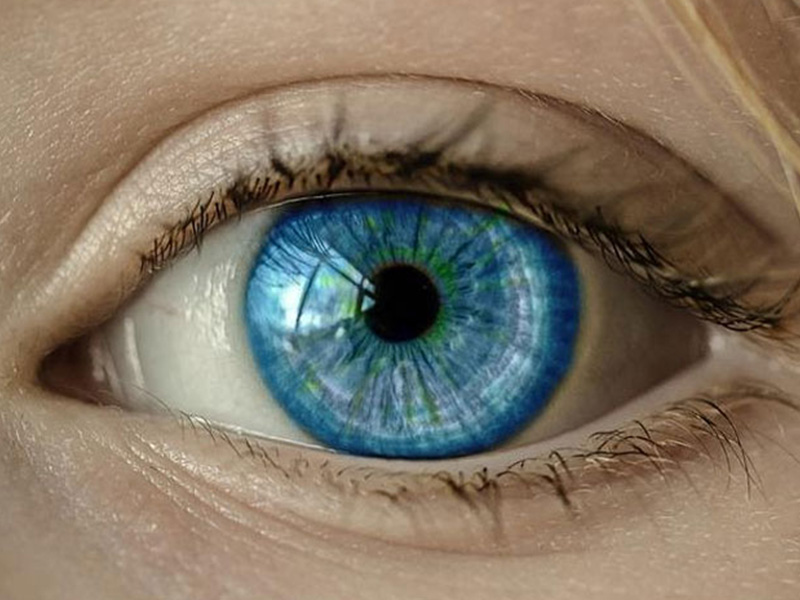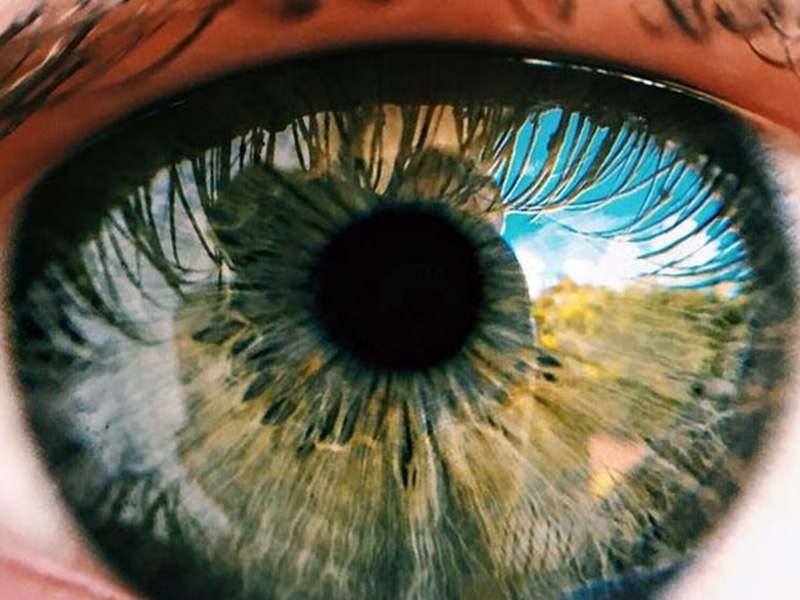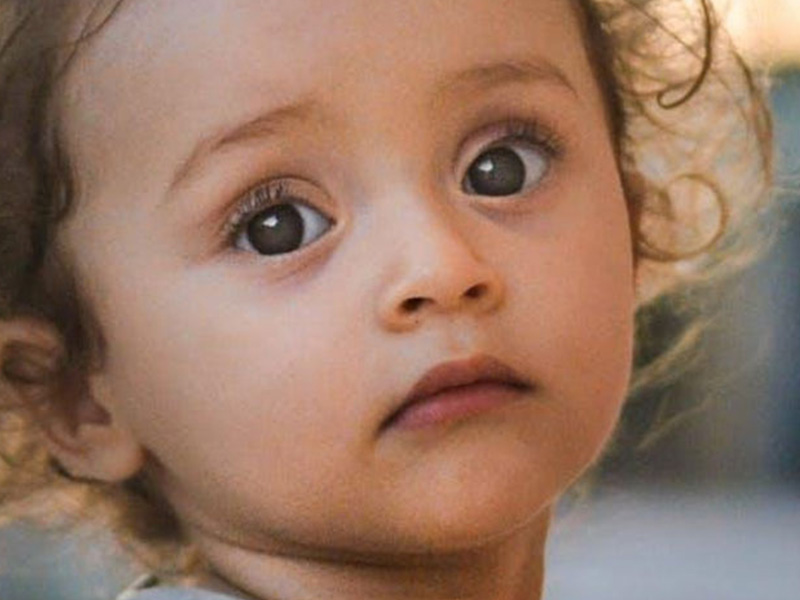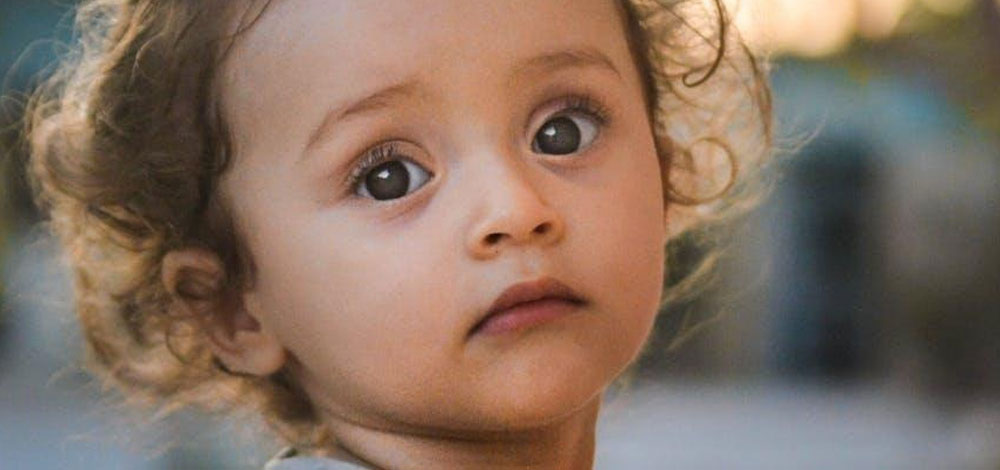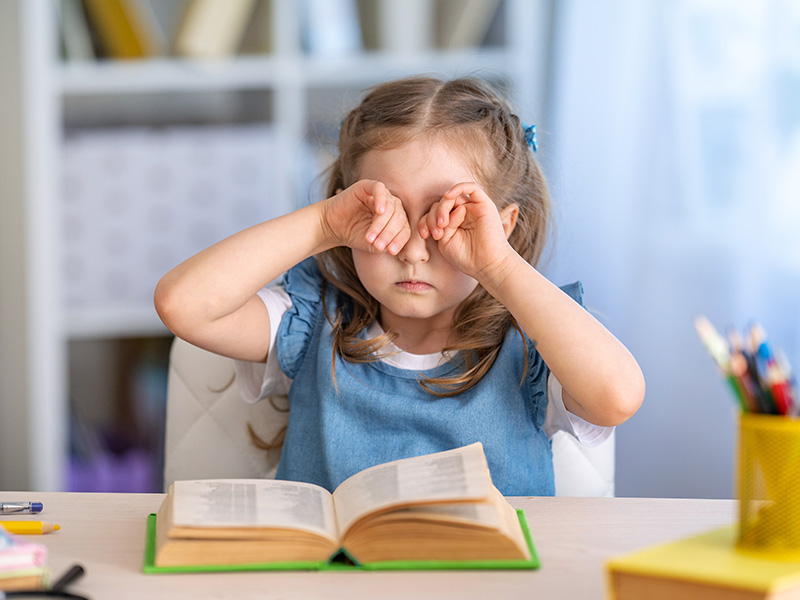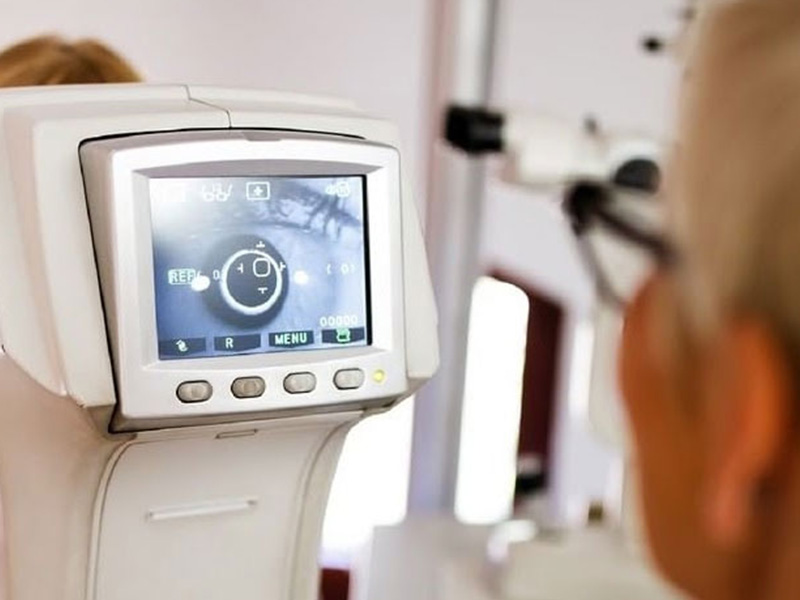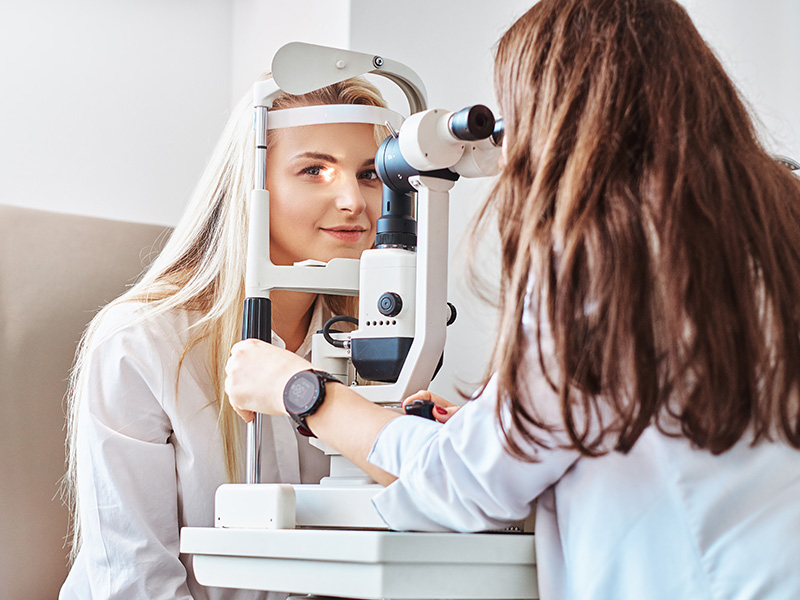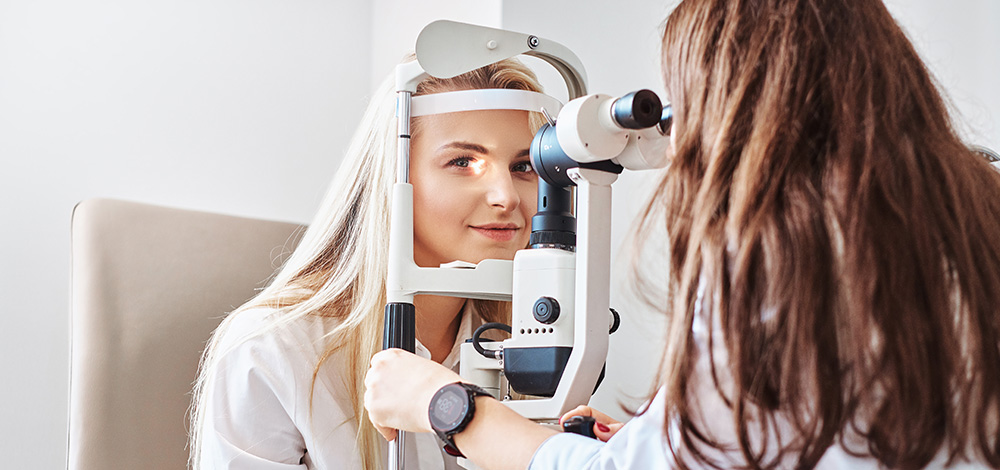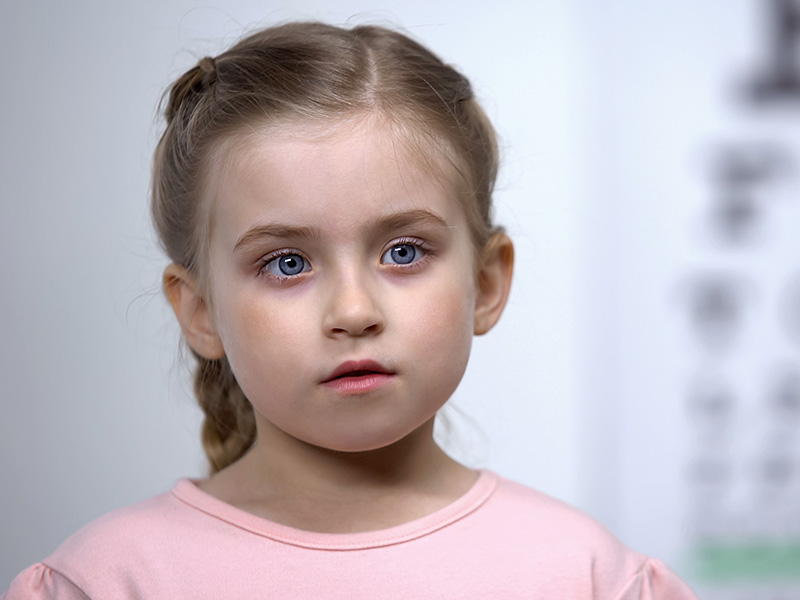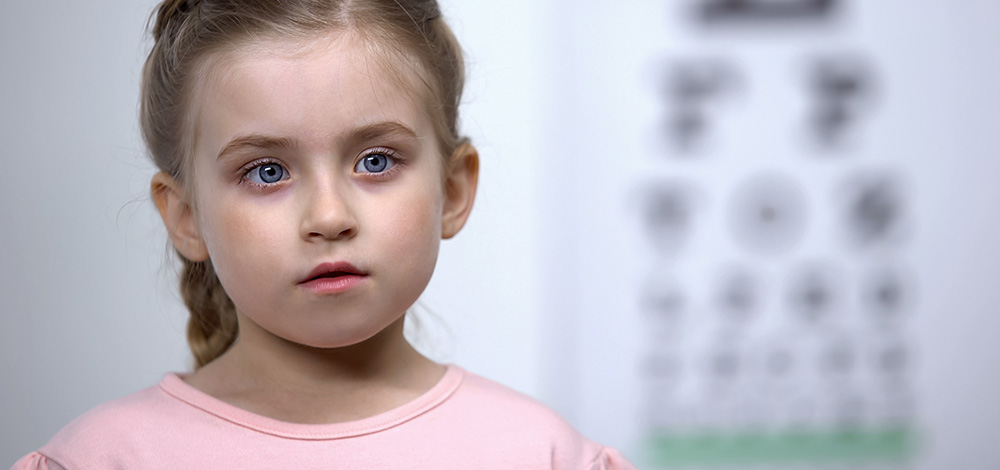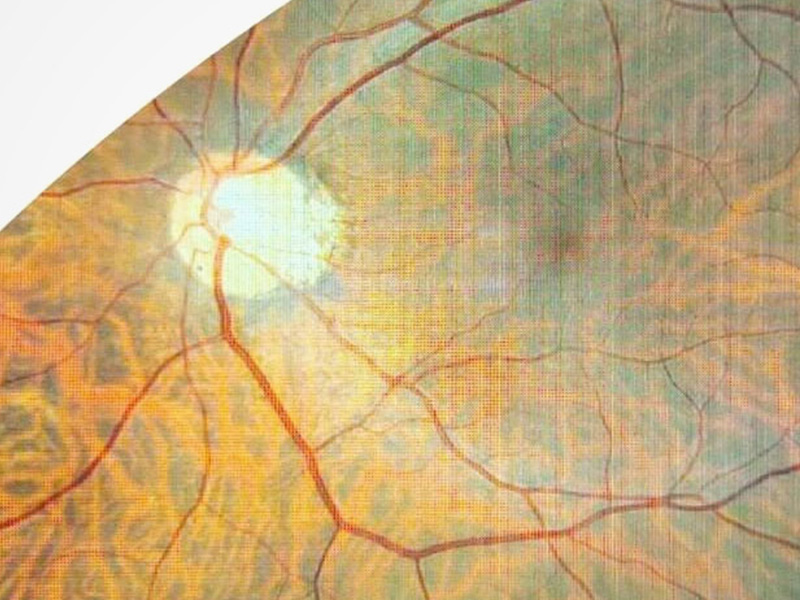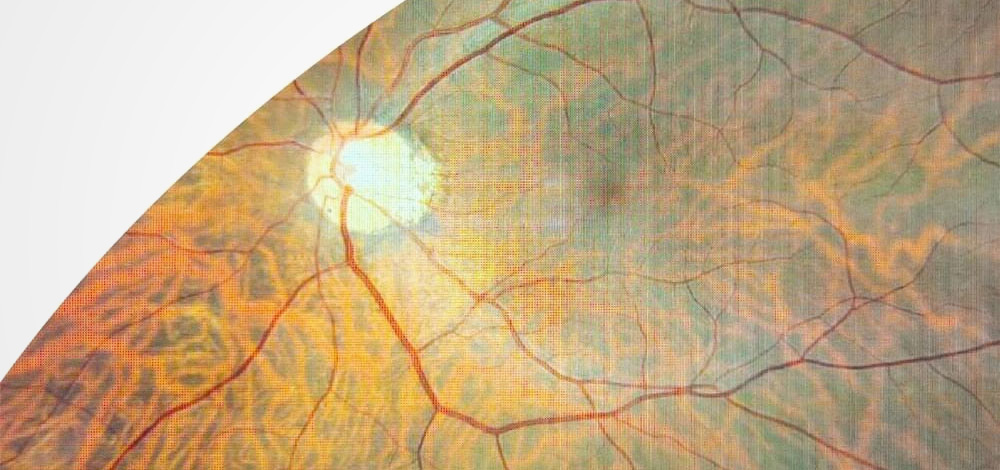
Lasik Treatment: Knowing The In & Outs Of This Technique
What is LASIK?
LASIK is a refractive surgery that utilizes a laser to treat problems with vision caused by refractive errors. To see clearly, light that reaches the cornea and lens will be bent and directed towards the retina. Here it will be turned into signals sent via the optic nerve to the brain, where they will be converted into an image.
and the lens does not allow light to bend properly. Therefore, they will not be correctly directed towards the retina, causing blurry vision.
In Lasik Eye Surgery in Dubai, a trained specialist will use a laser to alter the shape of the cornea, improving the way light centers on the retina. Thus, a person will be able to have a clear vision. Doctors commonly recommend the procedure for those suffering from nearsightedness, farsightedness, and astigmatism. This is because it reduces the need for spectacles or contact lenses. In most cases, after the treatment, they are not necessary at all.
What are the benefits?
Who can do the procedure?
To do the surgery, one should meet specific criteria. Below are a few of them.
- They should be above the age of eighteen.
- Eye prescriptions should not have significantly changed in the past year.
- The refractive error one suffers from should be treatable by LASIK.
- The cornea should be thick and healthy.
- Eye health should be good.
The procedure will not be carried out if one or more of the following is present.
- Refractive error that keeps changing
- Serious dry eye
- Severe myopia, astigmatism or hyperopia
- Thin cornea
- Corneal abrasions or illnesses
- Advanced glaucoma
- Keratoconus
- Cataract
- History of eye infections
- Uncontrolled diabetes
- Pregnancy
If a person qualifies for the procedure, they can consider this procedure. The LASIK surgery carried out by a qualified professional could significantly improve one’s vision and quality of life. It will be possible for them to explore the world and see all of it without being hindered by a visual aid.

